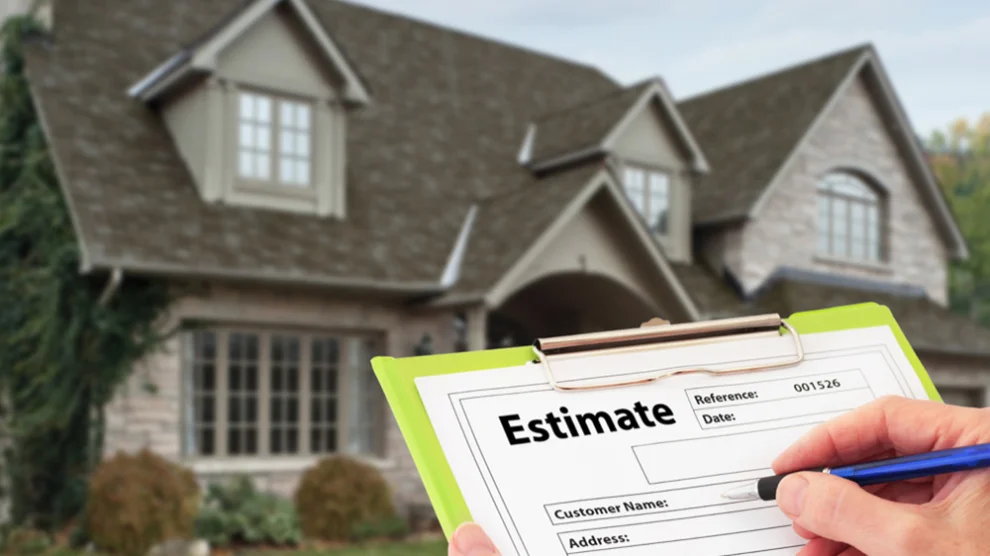
Understanding Flat Roofs: Overhangs, Slope, and Cost Explained
Flat roofs are a popular choice for modern homes, commercial buildings, and urban structures. Their clean lines, space efficiency, and ease of maintenance make them appealing—but there are a few important things to understand before investing in one. This guide explains how far a flat roof overhang should extend, whether flat roofs have a slope, and what a new flat roof might cost.
How Far Should a Flat Roof Overhang?
When designing or replacing a flat roof, one of the first questions that comes up is: How far should a flat roof overhang?
Typically, a roof overhang extends about two feet (24 inches) from the exterior walls of the building. This is the standard maximum for most residential and small commercial structures. An overhang at this length provides adequate protection against rain, snow, and UV rays, helping prevent water damage to the building’s siding and foundation.
But can a flat roof overhang extend beyond two feet?
Yes, it can—but it becomes structurally risky. Longer overhangs require extra support, such as brackets, beams, or cantilever systems. Without additional reinforcement, an overhang longer than two feet may sag over time or fail under weight (like snow or debris). So, if you’re planning a dramatic overhang for visual appeal or shade, make sure your contractor designs it with proper support in mind.
In short, two feet is safe and effective, but anything beyond that must be structurally engineered.
